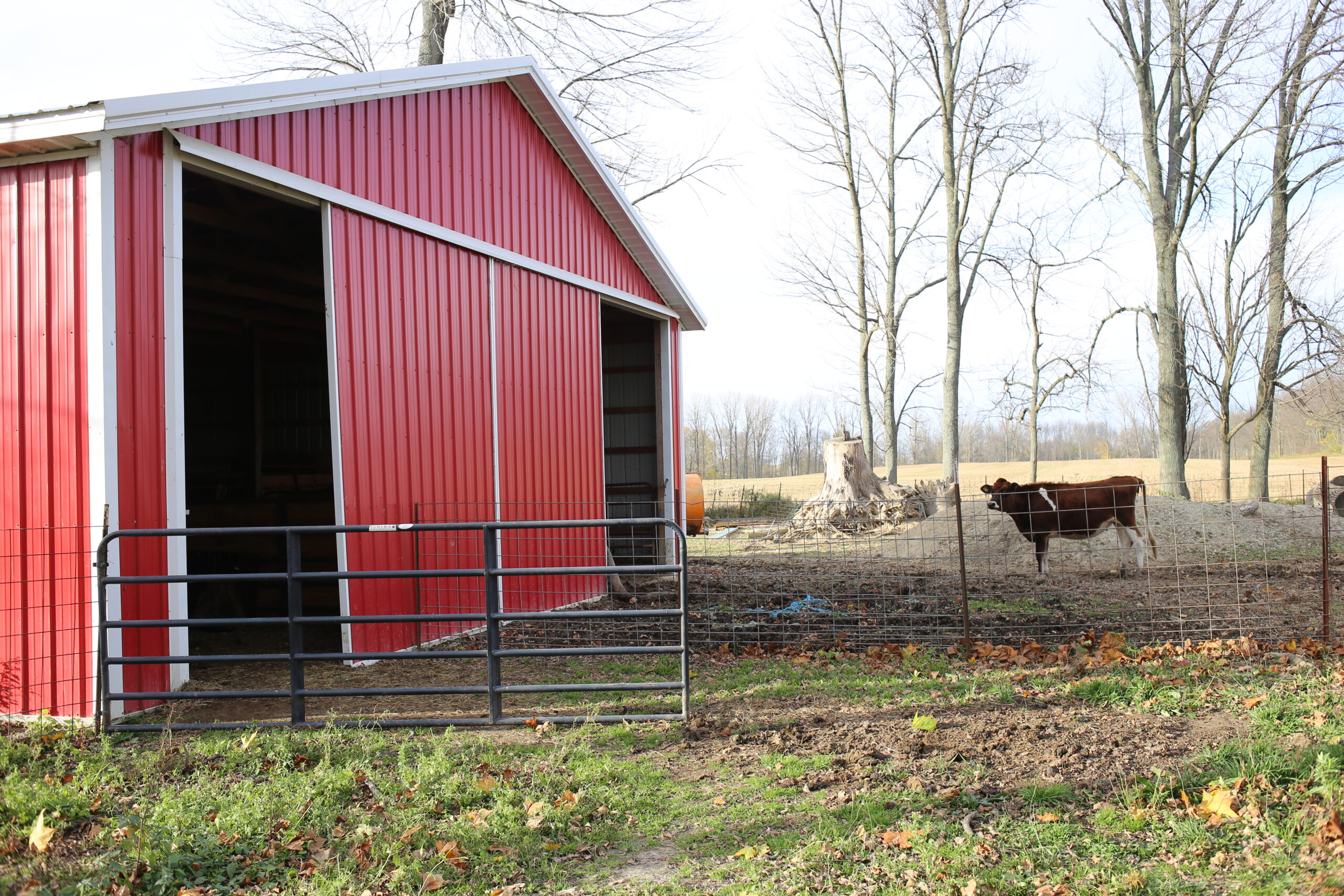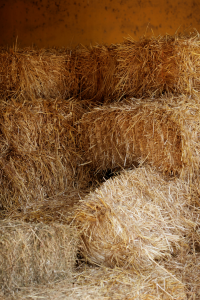
Summer is upon us, and with it comes scorching heat for many parts of the country. Farmers and others in the agricultural field often worry about how to store their foodstuffs, crops, and hay during these hot months. A pole barn can be turned into a cold storage facility, but there are several factors to consider before building such a structure. These include climate control options and condensation equipment options, which we have highlighted for you.
Insulation and Climate Control Option
Be wary of professional installers who tell you how quick and easy it will be to convert your barn into a cold storage facility. These installers are often interested in making quick money and moving on to the next job, which will leave your inventory soaked and ruined because of dripping condensation. Ensure your installers know about and intend to use the following options:
- Insulation blankets. These are good choices for horse barns or garages that don’t benefit from full heat. They’re about 93” wide and fit between 8’ posts.
- Quality ventilation. This reduces odor, particularly if you’re storing aromatic crops or your livestock will be in the building. Vented soffit and vented ridge options are good choices because they also reduce condensation. For example, a dairy cow produces about 11.5 pounds of water vapor per day. “Green” ventilation options are available for those with environmental concerns.
- Fans. Barn fans keep your pole barn’s temperature comfortable no matter the season while protecting your plants, livestock, and foodstuffs from overheating or freezing. Most fans are designed to deliver maximum airflow over large areas, reducing condensation. Circulation fans and misting systems are especially beneficial. Fans can also help reduce natural odors in the building.
Avoiding Condensation Issues
When moist air makes contact with cold surfaces, the air loses its ability to retain moisture, causing condensation. The higher the humidity, the more condensation you have to cope with. For example, if it’s 70 degrees outside, but the humidity is 80%, then the air is saturated with 80% of the moisture it can hold at that temperature. If condensation builds, it can create mold and help spread bacteria throughout the barn. This can make your livestock ill and ruin crops, affecting you physically and financially.
To avoid condensation issues, most people use vapor barriers. These are usually installed on the warmest inner part of the barn’s insulation. However, vapor barriers will only slow down condensation. For full protection, you should add ventilation systems or use one of the options detailed above.
Like any project, turning a pole barn into a cold storage facility can be difficult. With the right materials and information, however, you can do it successfully. This will save time and money in the long run and ensure happier homeowners and livestock.
Need more information? Contact us at MilMar Post Buildings.